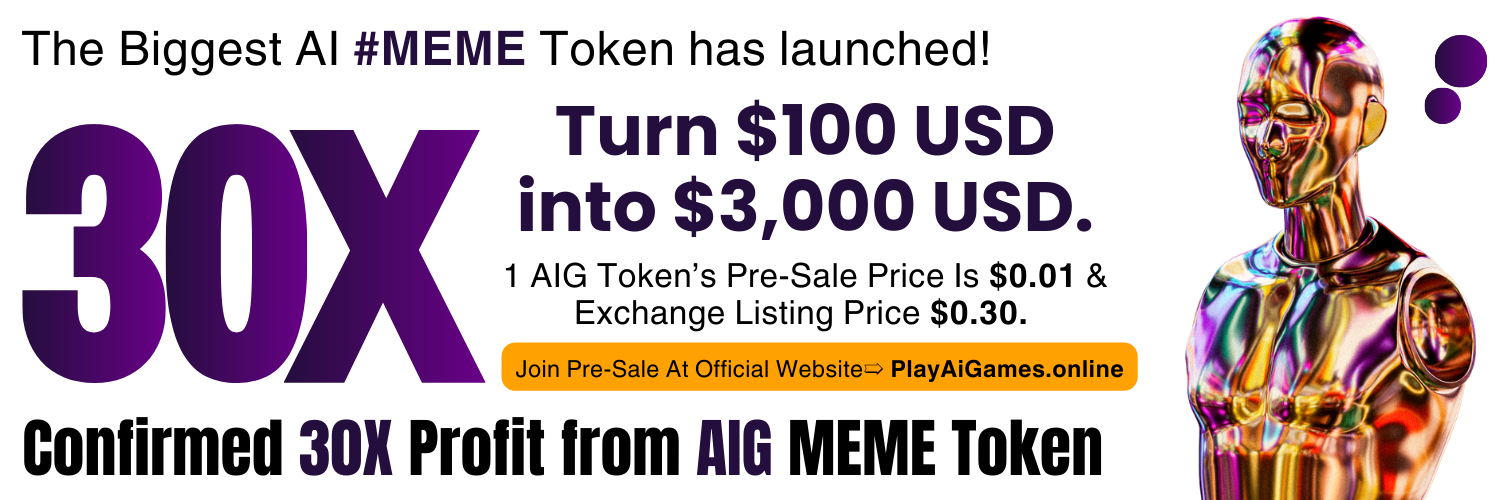
The AI sector has experienced rapid growth in the last few years due to the emergence of generative AI (GenAI). These advancements have propelled AI from a rather rare concept to a relatively available tool for everyone to use.
New interest in AI and investments can be tied to the release of OpenAI’s ChatGPT in November 2022. After the launch of ChatGPT, it seems that almost every large IT company has introduced some form of GenAI into their services. This is due to the benefits that have been seen from the use of AI in areas such as the healthcare, finance, and manufacturing sectors.
Companies struggle to monetize AI investments despite heavy spending
Despite the large investments made and the buzz surrounding the industry, most AI firms are still unable to make large profits. Large technology companies have been known to spend a lot of money on data center infrastructures and hardware that are required for the development of AI. However, many of the current AI applications including the chatbots and image manipulation applications have a poor monetization model.
Apple and Microsoft use AI in their products but do not offer it as a paid service separately. On the other hand, OpenAI earns its revenue from its AI products and services, which is a more straightforward model of making money. This difference underscores the more general problem of identifying the sources of income that can be profitable in the sphere of artificial intelligence.
According to Chirag Dekate from Gartner, AI is still in the early phase of the market development. Early-stage markets tend to be supply side revenue generating and as Dekate pointed out, enterprise adoption follows.
The advancement in Artificial Intelligence has influenced stock markets, especially the Nasdaq Composite Index, which reached new heights in 2024 due to investors’ interest. The stock prices of companies that are engaged in AI have also been on the rise. However, this excitement also comes with its negative aspect.
For instance, Amazon’s second quarter of fiscal 2024 earnings report showed poor performance, which was attributed to high spending on AI projects. These cases show the instability and the uncertainties of investing in AI.
Comparisons between AI boom and dot-com bubble
There has been a high level of investment made in companies associated with AI, with some people suggesting that this is a bubble. This has been compounded by the high valuation of AI firms and lack of visible revenue streams, thus raising concerns that this is a bubble that could burst and lead to a market crash. Embarc Advisors’ Jay Jung noted, “While valuations may be somewhat elevated, they are not drastically misaligned with future growth expectations.”
The dot-com bubble that occurred in the late 1990s and early 2000s involved a lot of funding for internet-based companies and a subsequent market collapse. Some analysts have likened this to the current AI market, stating that both have been overvalued due to the high expectations placed on them.
According to Alan Pelz-Sharpe from Deep Analysis, in a recent interview, the AI boom has similarities with the dot-com bubble. Pelz-Sharpe stated. “AI isn’t going away, but hard lessons are yet to be learned as to what the best use cases are for it in terms of investment and returns.”











